Results indicate P. monodon could become less palatable due to ocean acidification and lower production of some amino acids
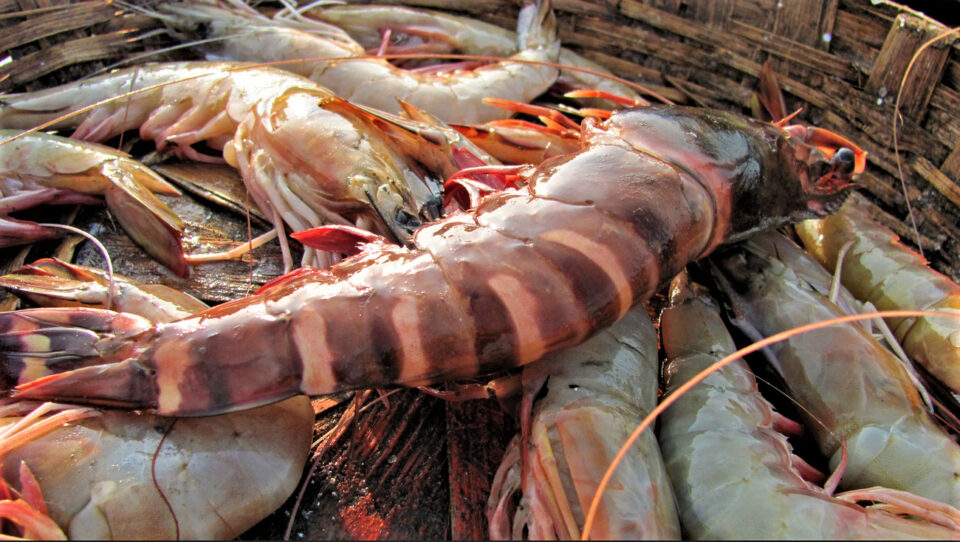
Ocean acidification (OA) has become a key issue that has been investigated extensively during the past few decades. According to current projections, continued uptake of atmospheric carbon dioxide oceans may lead to a decrease in the average pH [a measure of how acidic/basic water is] of open ocean surface water of 0.4 to 0.5 by the end of the twenty-first century. Beyond those predictions, coastal waters seem to be acidifying at much faster rates than the open ocean. Moreover, the decreasing pH trend is superimposed on a very large natural pH variability in coastal waters. Critical insights into the impacts of ocean acidification (OA) may be gained by investigating its effects on the physiology of marine organisms and how seafood may be affected.
A large body of evidence is available on the negative impacts of projected OA on the survival, growth, calcification, immune responses, and reproduction of marine organisms. Only recently, however, have a very small number of experimental studies attempted to estimate the possible socio-economic consequences of OA acidification due to the altered quality of seafood, and one study revealed that culturing shrimp in acidified seawater negatively affected their flavor. There is a pressing need to expand our understanding of the effects of acidification on the quality of seafood products.
The flavor of seafood comes mainly from amino acids, nucleotides, sugars and mineral salts. Amino acids in particular are thought to modulate the sensory qualities of shrimp, including sweetness, bitterness and “umami” [or savoriness, one of the five basic tastes, which has been described as savory and is characteristic of cooked meats and broths] taste. In humans, amino acids activate specific taste receptors as well as nutrient demand. As such, the concentrations and relative proportions of amino acids in shrimp and other seafood can have important repercussions for consumers and seafood producers. Researchers testing how OA could impact the taste of seafood mussels and its appeal to consumers have reported that the attributes of mussels that are affected by OA also tend to determine consumers’ preferences and that people would only be prepared to buy mussels affected by OA if they were 52 percent cheaper than they are at present.
The black tiger shrimp (Penaeus monodon) is a key species in the shrimp industry worldwide, with desirable texture and very good flavor, and with global trade worth several billion U.S. dollars annually. The species naturally inhabits brackish, estuarine (juveniles), and marine (adults) environments that extend from Africa to southern Asia. Increasingly, black tiger shrimp are farmed in the coastal and wetland regions of south Asian countries. These coastal waters are currently affected by rapid ocean acidification which may threaten or affect the health, production rates, and meat quality of future black tiger shrimp.
This article – adapted and summarized from the original publication (Weerathunga, V. et al. 2021. The effects of low pH on the taste and amino acid composition of tiger shrimp. Sci Rep 11, 21180 (2021)) – reports on a study comparing survival rate, carapace properties and flesh sensory properties and amino acid composition of P. monodon shrimp exposed for 28 days to pH conditions covering the present (pH 8.0) and near-future (pH 7.5) average pH conditions in coastal ecosystems.
Study setup
Penaeus monodon larvae were pond-cultured for 11 months at the National Sun Yat-Sen University, Kaohsiung, Taiwan. Individuals (19.7 ± 1.4 cm body length, 41.8 ± 10.2 grams body weight) were then transferred into four 1,000-liter tanks with flowing coastal water, and there were two replicated tanks per pH treatment. Sixty shrimp were stocked per tank, for a stocking density of 53 shrimp per square meter. They were fed a commercial feed at 5 percent of their weight four times daily, and the tanks cleared of uneaten feed and detritus that had settled to the bottom.
After a week of acclimation, shrimp belonging to the high pH group were maintained in natural flowing coastal seawater at pH ~8.0 (no added carbon dioxide (CO2) and pH was measured once a day. Shrimp in the acidified tanks were exposed to a gradually decreasing pH from 8.0 to 7.5 (decreasing by 0.1 per day) using a commercial, automatic pH feedback system. Dead shrimp and uneaten feed were removed before each feeding. At the end of the 28-day exposure experiment, various shrimp samples were collected for analysis.
For detailed information on the experimental design and animal husbandry; determination of shrimp cuticle [shell or exoskeleton] thickness and carbon content; amino acids extraction and measurements; evaluation of shrimp sensory quality under pH-8.0 and pH-7.5 treatments; and statistical analyses, refer to the original publication.
Results and discussion
We evaluated the changes of survival, growth, amino acid concentration of flesh, and sensory quality of meat in tiger shrimps under low pH conditions compared to high pH conditions. A blind tasting test was conducted to detect sensory changes while amino acid concentrations were used as a proxy to trace the changes. Different amino acids have different dominant taste qualities. Basically, the amino acids threonine, serine, glycine, alanine, arginine and proline are responsible for sweetness; valine, leucine, tyrosine, and phenylalanine for bitterness, while glutamic acid and aspartic acids deliver the umami taste. We hypothesized that observed differences in the taste of shrimp would be explained by the concentrations of the above amino acids.
Mean pH values measured in the target pH 8.0 and pH 7.5 experimental tanks throughout the experiment were 7.96 ± 0.03 and 7.51 ± 0.04, respectively. Percent of survival in pH 8.0 and pH 7.5 after 28 days were 80.8 and 72.5 percent, respectively. The pH 8.0 tanks declined linearly with time over the entire 28-day period. The mean mortality rate was 0.7 percent per day, where percent refers to the initial, total number of shrimp not the total number of shrimp on the day of measurement. In the pH 7.5 tanks, shrimp populations declined at the same rate as in the pH 8.0 tanks until day 18. From day 18 to 28, however, mortality occurred at a faster – although still linear – rate of 2.0 percent per day (Fig. 1).
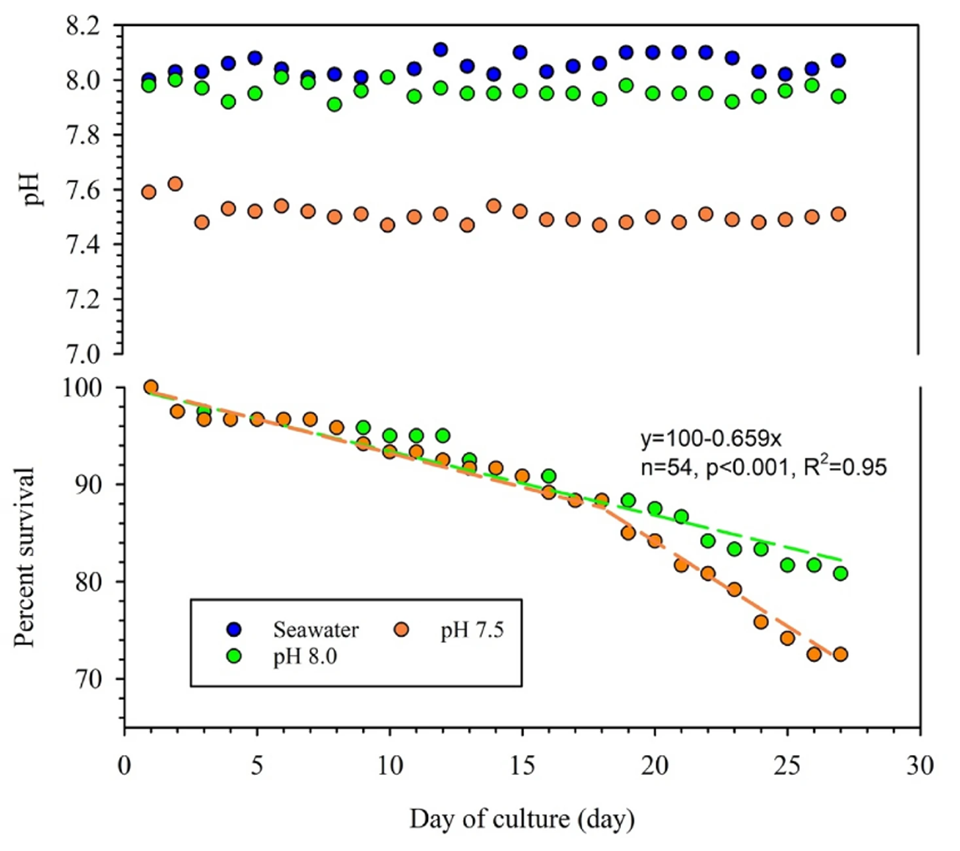
In general, P. monodon will complete a molting cycle in 6 to 12 days. Inhibition of molting in low-pH cultures has been reported in previous studies on other shrimp species, where it actually resulted in a thicker cuticle, and this was also observed in other crustaceans. Other decapods studies have also shown that their feed conversion rate, growth rate and survival rate decreased significantly when pH dropped significantly below 8.0. Even short-term exposure of crustaceans to low pH may induce dissolution in their exoskeletal CaCO3 in an attempt to buffer protons and maintain the homeostasis of the hemolymph. The energy cost for shrimp to maintain pH homeostasis can be anticipated to increase as a consequence of OA. This energetic burden of acidification is also likely to lead to higher mortality in shrimp exposed to lower pH.
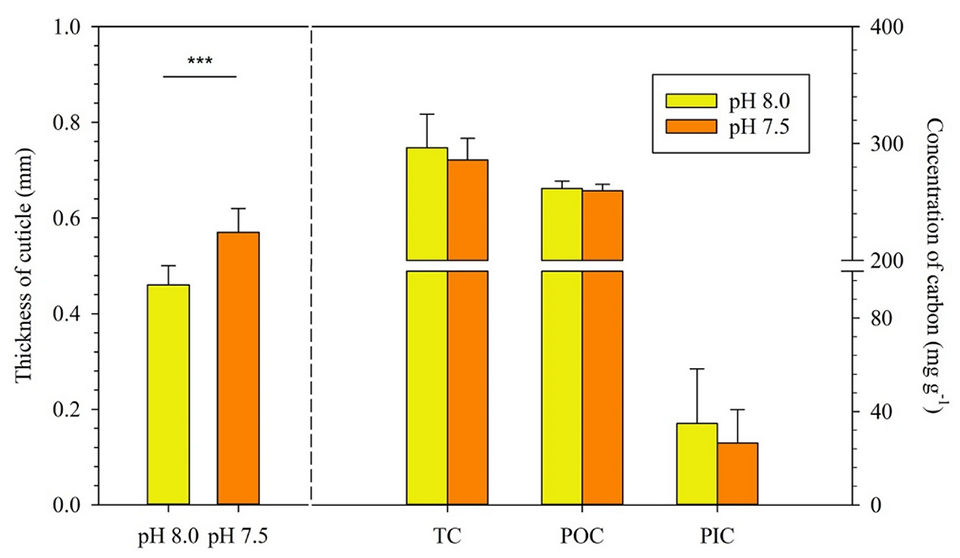
In our study, we found a clear decline in the concentrations of several amino acids in the flesh of shrimp upon exposure to low pH. This may have been related to the high concentration of carbon dioxide, which altered the chemical composition of seawater, potentially limiting the ability of the animals to maintain the ability of its cells to move ions through, as well as other important physiological processes. Previous studies have shown that the expression of certain proteins and other compounds were decreased while shrimp were under acid stress. Similarly, a notable suppression of protein and carbohydrate digestion and absorption pathways was reported in low pH water. In view of these findings, it can be speculated that the higher energy expended by the shrimp to maintain their metabolism under conditions of pH stress may have led to the observed low concentrations of several amino acids present in the shrimp’s flesh.
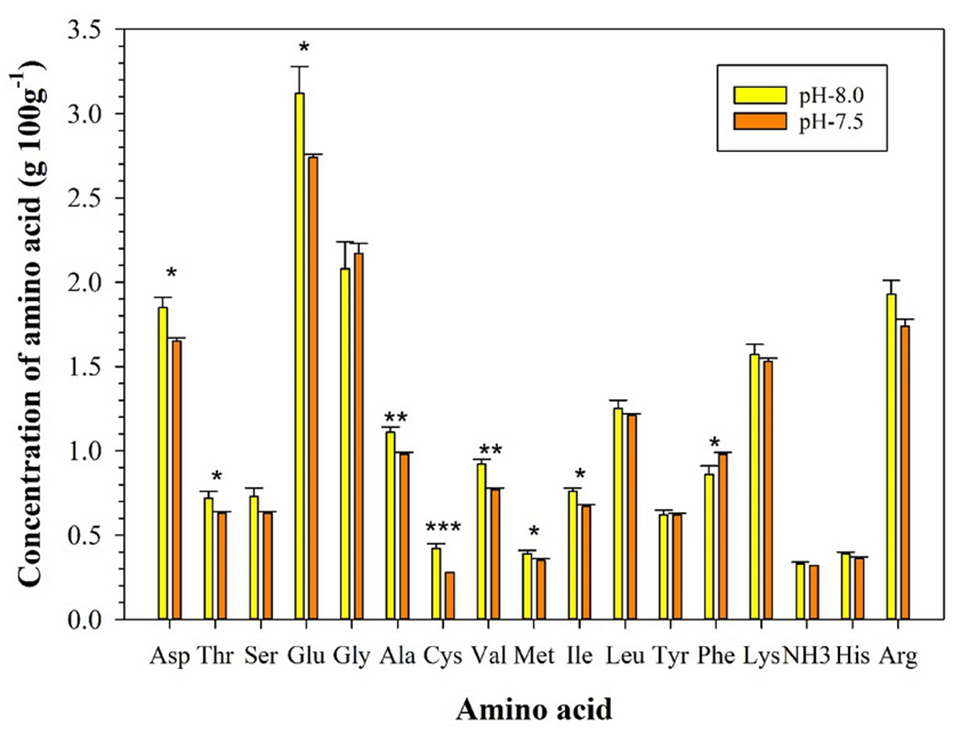
To our knowledge, this is the first evidence of a possible link among (1) seawater pH, (2) the amino acid contents in black tiger shrimp flesh and (3) the sensory properties of the shrimps. The expression of amino acids can potentially be affected by salinity, and thus affect the flavor of P. monodon. Here we find that elevated carbon dioxide levels depress the production of the amino acid responsible for the umami flavor. This is not altogether surprising given that amino acids are commonly found in artificial seafood flavorings. In nature, several metabolic pathways of amino acids involve a series of reactions producing carbohydrates, alcohols, aldehydes and carboxylic acids that add extra flavor to shrimp.
Amino acids in shrimp flesh provided strong evidence to observe the impact of acidified water on black tiger shrimp. The amino acids methionine and cysteine play important roles on the expression of important enzymes. The decrease in methionine observed in our study could reduce antioxidative stress in black tiger shrimp in acidified environment. And from a consumer perspective, these decreased amino acids reduced the nutrient value of the shrimp.
Results of this study are very compelling and provide insights into the possible changes in amino acids and corresponding tastiness of the flesh and alteration of exoskeleton structure of tiger shrimp under future ocean acidification. However, we cannot extend these observed changes to other shrimp species due to species-specific responses of marine organisms to ocean acidification. For instance, increased calcification was observed in the exoskeleton of some shrimp species while calcification was unchanged in others. On the other hand, growth rates were not altered in most of the shrimp species studied to date at low-pH conditions. Considering such limitations, we strongly recommend conducting extensive studies on the impacts of ocean acidification on amino acid compositions and the tastiness of other shrimps especially, commercially important species.
Ocean acidification may also affect the generation time or reproduction of entire communities.
The first two factors that customers consider when choosing shrimp are appearance and flavor. As ocean acidification intensifies, our results suggest that both qualities may be adversely affected. A reduction in customers satisfaction with shrimp cultured or harvested under ocean acidification conditions will potentially affect the global seafood aquaculture industry. For instance, the global trade of tiger shrimp will likely decline if shrimp look and taste worse.
On the other hand, if our observations are limited only to specific shrimp species, it is possible that some other species may find a way to adapt to the projected higher acidity that would benefit both the shrimp and the shrimp industry. Under such circumstances, intensive culturing of species like tiger shrimps may be decreased due to the expected drop in demand, while more adaptive species may become popular among farmers. Hence, it is even possible that OA may drive the world aquaculture industry to culture different species from those presently favored.
The wild tiger shrimp is widely distributed around the Indian and western Pacific Ocean and is an invasive species in the Gulf of Mexico and along the Atlantic coast of the southeast United states. It spends its early life history as larvae in estuarine environments before moving to deeper (~25 meters) shelf waters where it starts its growth as young adult. The widely fluctuating environmental conditions in estuaries mean that black tiger shrimp are reasonably well adapted to changes in salinity, pH and other hydro-chemical variables, albeit during their early life history.
When shrimp move to deeper water, they encounter much smaller variations in the ambient pH. For our culture experiments, the commercial supplier provided us with black tiger shrimp larvae kept in low-medium salinity, which we then adjusted slowly till the salinity was the same as in the nearby coastal waters. The precise value of pH was more difficult to control on account of the many factors that affect pH, not least photosynthesis in phytoplankton and microbial respiration of organic matter, and which resulted in some very large short-term pH fluctuations (7.57 to 8.63) in our pH 7.5 culture tanks.
Perspectives
Results of our study, and those by others, report the potential effect of ocean acidification on the physiology, morphology and other characteristics of marine organisms, but it should also be considered that OA may also affect the generation time or reproduction of entire communities. It should also be noted that the exposure time in our experiment was relatively short compared to the adult tiger shrimp’s lifespan. Nevertheless, our results indicate a clear connection between acidification and the amino acid profile of P. monodon shrimp and their survival.
Now that you've reached the end of the article ...
… please consider supporting GSA’s mission to advance responsible seafood practices through education, advocacy and third-party assurances. The Advocate aims to document the evolution of responsible seafood practices and share the expansive knowledge of our vast network of contributors.
By becoming a Global Seafood Alliance member, you’re ensuring that all of the pre-competitive work we do through member benefits, resources and events can continue. Individual membership costs just $50 a year.
Not a GSA member? Join us.
Authors
-
Hsueh-Han Hsieh, Ph.D.
Department of Oceanography, National Sun Yat-Sen University, Kaohsiung, 80424, Taiwan, ROC
-
Veran Weerathunga
Department of Oceanography, National Sun Yat-Sen University, Kaohsiung, 80424, Taiwan, ROC
-
W. Sanjaya Weerakkody, Ph.D.
Department of Oceanography, National Sun Yat-Sen University, Kaohsiung, 80424, Taiwan, ROC; and Department of Fisheries and Aquaculture, Faculty of Fisheries and Marine Sciences and Technology, University of Ruhuna, Matara, Sri Lanka
-
Wei-Jen Huang, Ph.D.
Department of Oceanography, National Sun Yat-Sen University, Kaohsiung, 80424, Taiwan, ROC
-
François L.L. Muller, Ph.D.
Department of Oceanography, National Sun Yat-Sen University, Kaohsiung, 80424, Taiwan, ROC
-
Mark C. Benfield, Ph.D.
Department of Oceanography and Coastal Sciences, Louisiana State University, Baton Rouge, 70803, LA USA
-
Chin-Chang Hung, Ph.D.
Corresponding author
Department of Oceanography, National Sun Yat-Sen University, Kaohsiung, 80424, Taiwan, ROC[119,116,46,117,100,101,46,117,115,121,115,110,46,108,105,97,109,64,103,110,117,104,99,99]
Tagged With
Related Posts
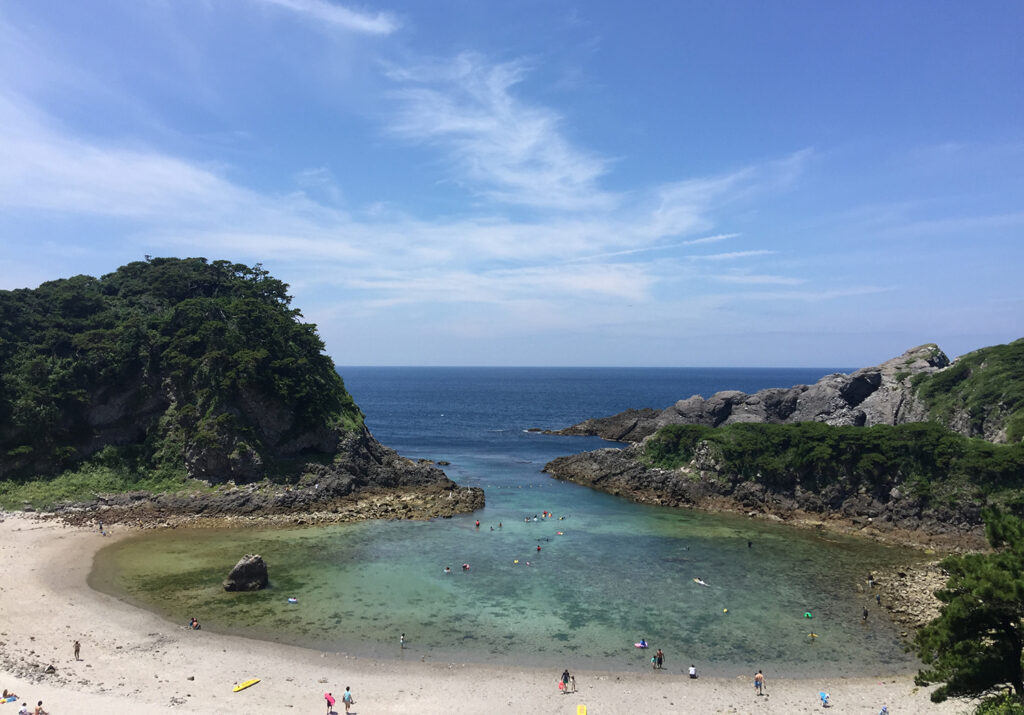
Responsibility
Is a Japanese volcano offering us a sneak preview of ocean acidification?
Shikinejima is a scenic getaway for tourists but the seas surrounding its volcano offer a glimpse of how the ocean could behave in the future.

Responsibility
A wider view: Consensus on seafood’s planetary and human health benefits
Several recent reports echo the message that eating sustainable seafood can help save the planet while making significant gains in public health.
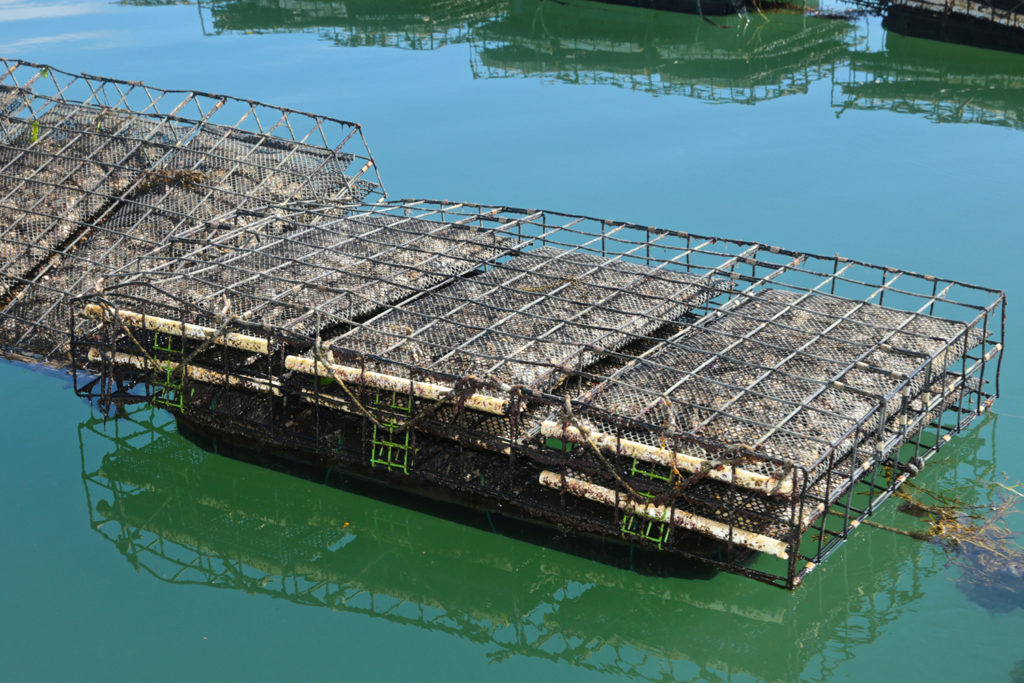
Responsibility
Climate change impacts unite U.S. shellfish farmers
The Shellfish Growers Climate Coalition, an initiative of seven founding U.S. aquaculture farmers, last week launched a partnership with The Nature Conservancy (TNC) to spread public awareness about climate change and its impact on their businesses.
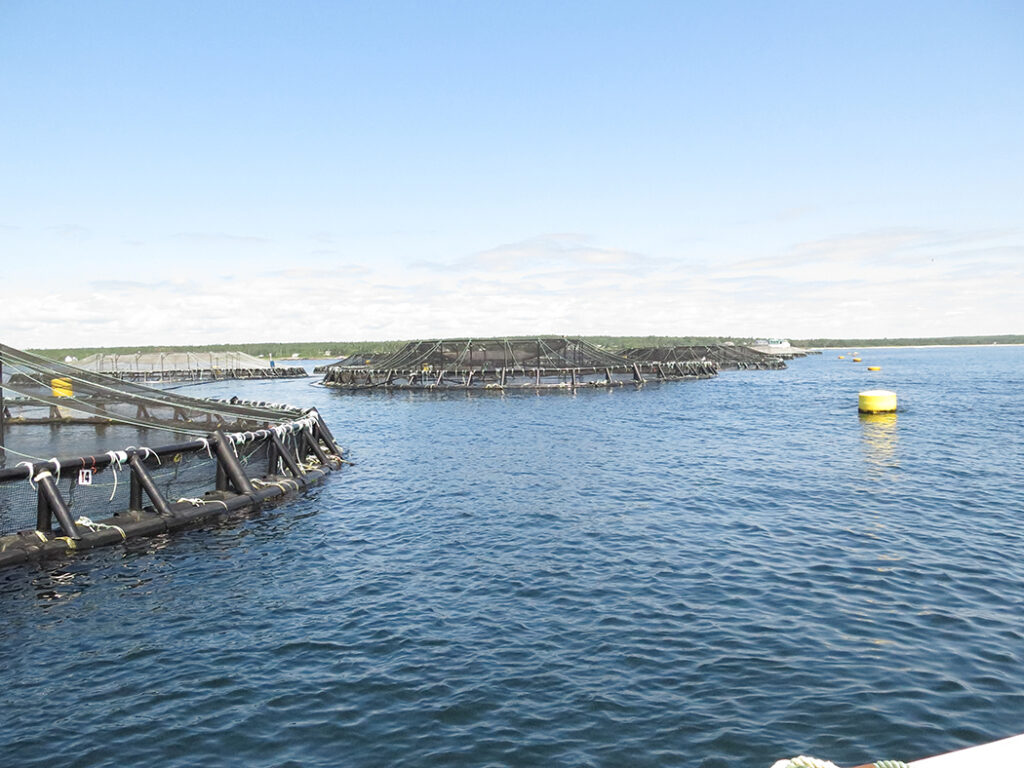
Responsibility
Is Nova Scotia’s seafood economy ready for climate change?
A Centre for Marine Applied Research study will assess the climate change readiness of seafood-dependent communities in Nova Scotia.



